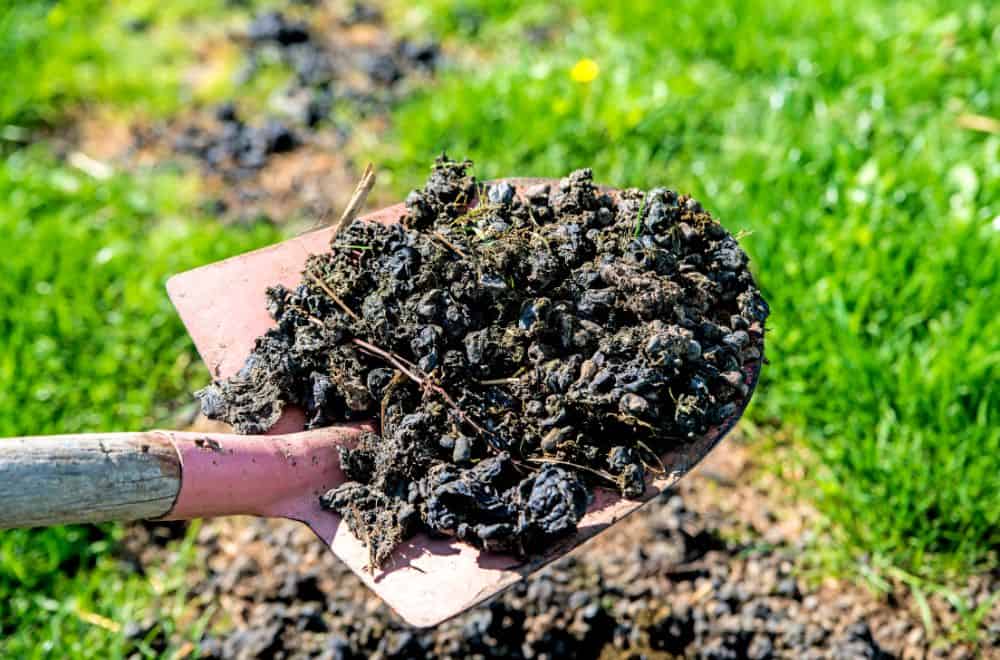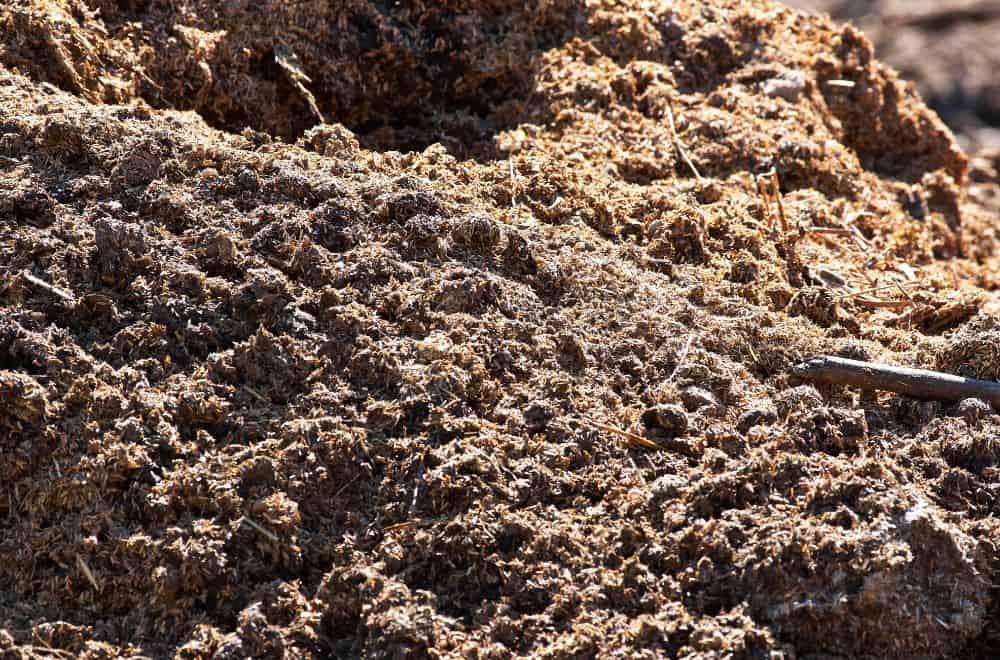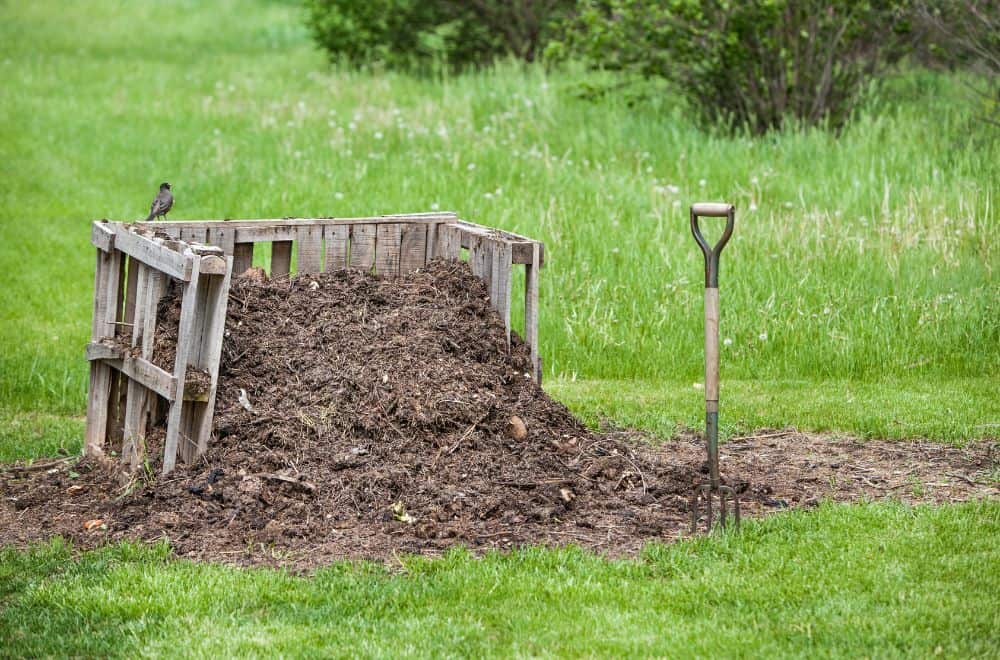If you’ve spent any time combing the online forums for organic gardening tips, ways to amend your soil, or how to use what you have to improve your precious garden beds, then it’s obvious you love to grow things! And you might have come across the debate of compost vs manure when it comes to amending our garden spaces…
People wonder which substance is the smarter one to use. Well, here are two good pieces of news for you all. We’re going to learn all about it here, and the answer is fairly straightforward in that we can use them both in moderation to grow and tend vibrant plants of all shapes and sizes!
Breaking Down the Differences between Compost vs manure
Before we can decide which is the right call for you, let’s learn the basic differences between compost and manure, because although seasoned gardeners might throw the two terms around casually and mention that they use them to amend their garden beds, there are actually very significant differences between the two materials.
Manure:

- Is the direct waste from animals. The most popular types to use for gardening come from cows, chickens, and goats. (Generally, domesticated pets and humans are excluded as useable manure sources.)
- Can vary in age and becomes more accessible when it is a little older.
- Is generally considered to be too “hot” to use exclusively as a planting medium. Its chemical content is too high and can kill plants, therefore manure should not be added directly to garden beds when fresh.
Compost:

- Is organic matter that is created when various waste materials break down over time, a process known as “composting”. It’s dark in color, crumbly in texture, and rich in nutrients.
- Is created by mixing “browns” (think dried leaves, cardboard, and paper) and “greens” (think kitchen scraps) in a proper ratio and at the appropriate temperature until a useable material is created.
- Can be purchased as a final product OR created in your own backyard with materials you and your family generate, and can be applied directly to garden beds when fresh.
Compost vs manure – then read on below to learn which is actually the better move for your garden!
So, What’s A Gardener To Do, Armed With This Information?
If you can get your hands on some manure, put it to use!

- It is essential that you know the source of your manure, as in personally know the animal owner. When it comes to waste, you want to know what type of feed they are using and whether or not it is organic in order to make informed choices about what goes in your garden.
- For cow, chicken or goat manure, the best advice is to let it sit for at least six months. Fresh manure from any animal is simply not a suitable material to use primarily as a planting medium as it can kill your plants.
- Aged manure can be added into garden beds in small rations to start. Be sure to give everything a thorough mixing. Fresh manure can be used in “sandwich” compost piles that are designed to sit and cook for months at a time.
Develop A Home Composting System

Develop quick and easy systems to save kitchen scraps (“greens”) and dried leaves, cardboard, and paper materials (“browns”). Put a large lidded container under the sink or on the counter to put cutting board scrapings directly into. The lid will keep out the smell! Use appropriate bins in your yard for dried leaf rakings and for cardboard and paper shreddings. The simpler it is to save these things, the simpler it will be to make compost.
Are you a DIYer? Do you like to “putter” a bit on the weekends? Making or buying a Flip Composter might be right up your alley. The idea is two-fold, i.e. there are two working sides to the container, which is divided in half.
You pile your kitchen scraps as they accumulate, you add your leaf rakings, you shred your paper and cardboard, and you toss it all on one side. Every few months, you flip it with a pitchfork or shovel. Simply transfer all the materials into the other side while giving it a nice little fluffing, which allows the air it needs to break down properly.
OR this can be as easy as purchasing a barrel-style rotating backyard composter. These generally operate with a crank-turn mechanism that allows people with limited time to simply turn the crank and let your clippings and scraps tumble around to get the oxygen it needs to do its thing.
Conclusion
Look, it’s always smart to know exactly what you’re putting into your garden beds. It’s smart to amend the soil that you’re using so that your plants can get all the nutritional value that they deserve. And it’s wonderful to be able to utilize materials that might otherwise be landfill fodder to create rich compost, almost like magic!
So reach out and dig deep to see what kind of systems you could implement, what kind of scraps you could re-purpose for your perennials, or what kind of manure you can get your hands on! With a little effort, you’ll be amending your own vegetable patch this very growing season.

Leave a comment